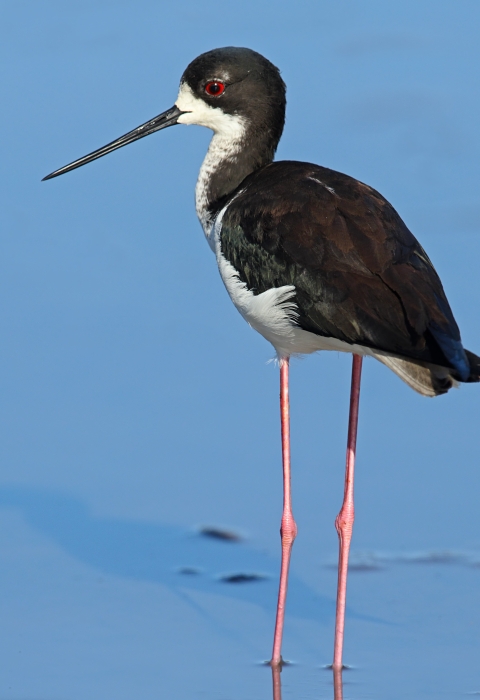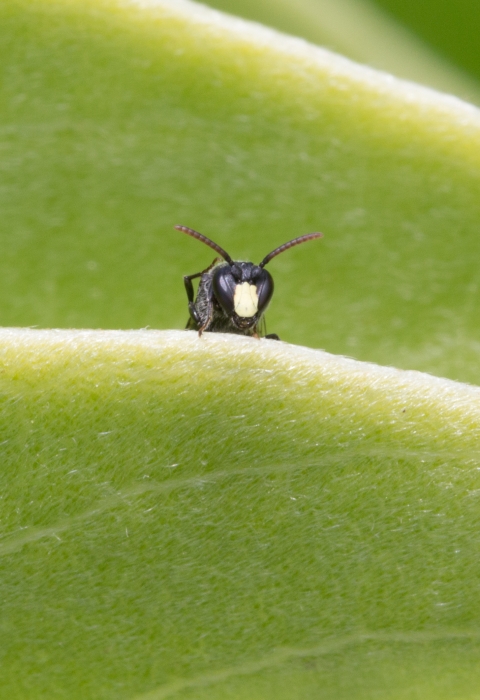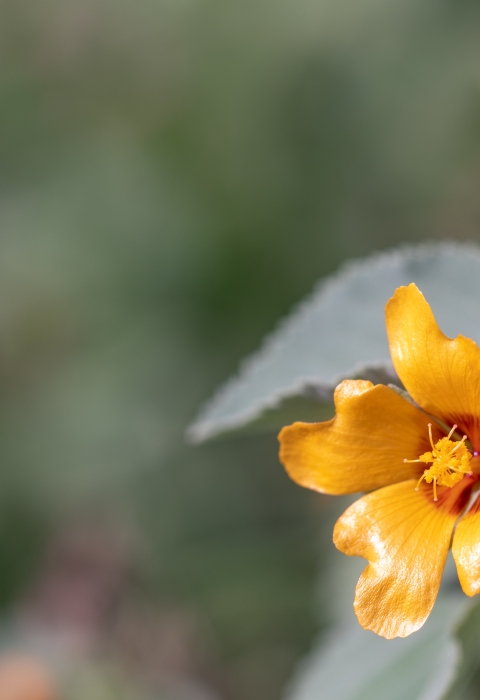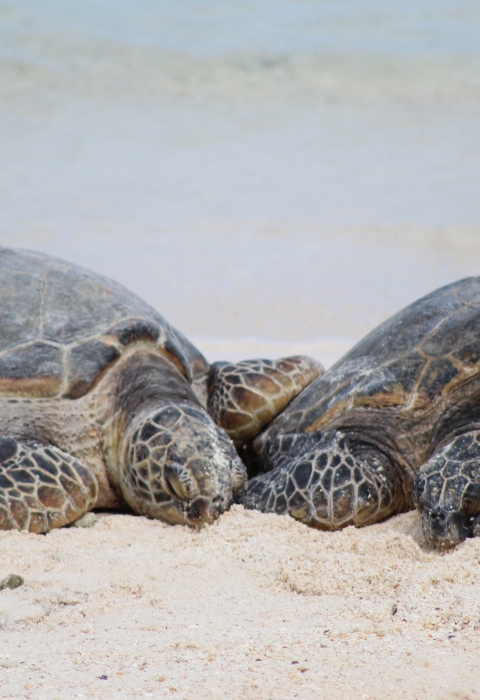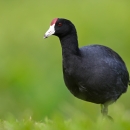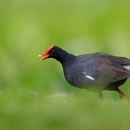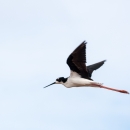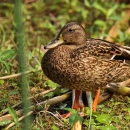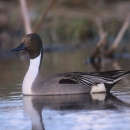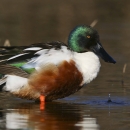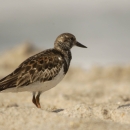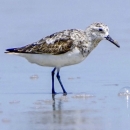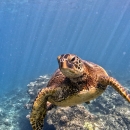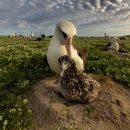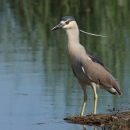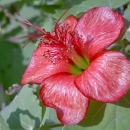Featured Species
Conservation of wildlife species that are endangered or threatened is a key goal of the National Wildlife Refuge System. Many such species occur at James Campbell National Wildlife Refuge. Our management practices take into account species listed by both State and Federal governments.
James Campbell NWR provides habitat for four endangered Hawaiian waterbirds: ae‘o, ‘alae ke‘oke‘o, ‘alae ‘ula, and koloa maoli, as well as a variety of seabirds, migratory shorebirds, and migratory waterfowl. You may also observe the native ‘auku‘u, state-protected pueo, and endangered ʻōpeʻapeʻa. At the beach, you may be able to observe the threatened honu, endangered honu ʻea, and endangered ʻīlioholoikauaua.
